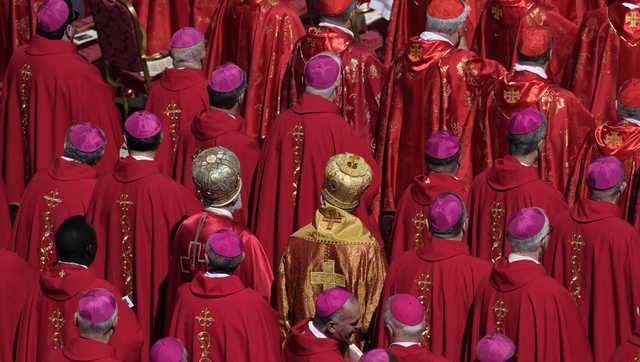Vatican Crossroads: Will Cardinals Preserve Francis' Bold Vision or Seek a New Papal Direction?

The papal election is a captivating spectacle that rivals the most dramatic Hollywood productions, blending ancient tradition with intricate human dynamics. Beneath the sacred veneer of spiritual selection lies a complex landscape of political maneuvering and personal ambitions. When over 130 cardinals gather in the iconic Sistine Chapel, their votes will be influenced by a delicate interplay of faith, global church politics, and strategic considerations.
This centuries-old process is far more than a simple spiritual ritual. It's a nuanced dance of power, personality, and profound institutional responsibility. Each cardinal brings not just a vote, but a unique perspective shaped by their experiences, theological understanding, and vision for the future of the Catholic Church. The conclave represents a moment where spiritual calling intersects with very human calculations, creating a fascinating tableau of ecclesiastical diplomacy.
As they prepare to choose the next leader of the world's largest Christian denomination, these cardinals carry the weight of centuries of tradition and the hopes of millions of faithful worldwide. Their decision will ripple far beyond the ornate walls of the Sistine Chapel, potentially charting a new course for a global religious institution navigating complex modern challenges.
